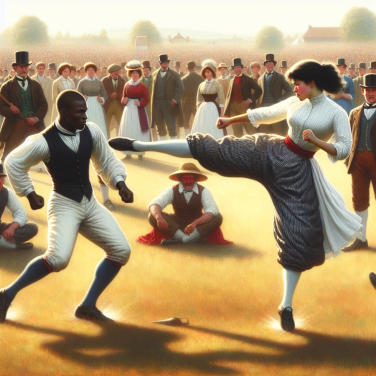Essential Factors to Consider when Choosing the Ideal Golf Shaft for Your Game
Choosing the perfect golf shaft for your golf game is more important than many golfers realize. Aside from clubhead design and the golf ball itself, the golf shaft largely determines how well a club will perform when it's in your hands. Making sure you have the right golf shafts installed in your clubs will make a drastic difference in your overall game performance. In order to find the perfect golf shafts for your golfing needs, there are several essential factors that you need to consider.
The first and perhaps most crucial factor in selecting the ideal golf shaft is determining the appropriate shaft flex. The flex of the shaft refers to the amount the shaft bends during the swing. There are five main categories of shaft flex: Extra Stiff (X), Stiff (S), Regular (R), Senior (A), and Ladies (L). The level of flex needed depends on a player’s swing speed and mechanics. Higher swing speeds generally require stiffer flex while slower swings can benefit from a shaft with more flex.
Another crucial factor to consider is the shaft weight. The weight of the shaft plays a significant role in how heavy or light the club feels when you swing. Heavier shafts usually help increase swing accuracy but could also potentially slow down swing speed, especially if the golfer has a slower swing speed. On the other hand, lighter shafts can increase swing speed but may also lead to less control.
Length of the shaft should also be given importance when choosing your ideal golf shaft. The length of the shaft can affect the distance, accuracy and trajectory of a golf shot. If your shaft is too long, you could miss strikes and lose control over the direction. If it’s too short, you might get precise strikes but lose out on distance.
Torque is another element that deserves consideration. It refers to the amount of twisting that occurs in the golf shaft during the swing. Lower torque shafts are stiffer and offer more control, recommended for golfers with faster swing speeds. Higher torque shafts have more flex and feel, they produce longer distances but bear the expense of accuracy.
The material of the golf shaft is also a key factor to think about. The two primary materials used for golf shafts are steel and graphite. Steel shafts are heavier, offer more control and are more durable. Graphite shafts, on the other hand, are lighter and can provide more distance but aren’t as durable as their steel counterparts.
Read also:
The Origins and Evolution: When Soccer Was Born
Understanding the Importance of Golf Shaft Selection for Optimal Performance
Selecting the right golf shaft is a critical factor in optimizing your golf swing and ultimately the performance on the course. It can significantly affect not only the distance of your shots but also their accuracy. Here's why the golf shaft selection is an integral part of achieving optimal performance:
Impact on Swing Speed:
The shaft impacts your swing speed, which, in turn, affects the distance of your shots. A shaft that is too heavy or too stiff may reduce your swing speed and result in shorter shots. Conversely, a too light or too flexible shaft might increase your swing speed but could lead to a lack of control and misdirected shots. Hence finding the right weight and flex of the shaft that matches your swing speed and strength is key.
Influence on Ball Flight:
The golf shaft also has a significant effect on your ball flight trajectory. Stiffer shafts are usually associated with lower trajectories and are more suited to golfers with faster swing speeds. On the other hand, more flexible shafts can increase the height of your ball flight, ideal for slower swing speeds. The correct shaft can help in achieving your desired ball flight, and subsequently better execute your game strategy.
Control and Accuracy:
Control and accuracy of your shots are highly dependent on the type of shaft you use. Golf shafts with lower torque (twisting) offer more stability and accuracy, while shafts with higher torque offer more feel and flexibility. The perfect golf shaft will be able to balance these qualities to improve your precision on the course.
Impact on Feel:
The golf shaft also impacts how the club feels in your hands. This can significantly affect your confidence and performance on the course. Some shafts transmit more vibrations to your hands, giving you feedback on your strikes. This allows you to adjust your swing accordingly.
Moderating Spin Rate:
The golf shaft plays a moderating role in the spin rate of the ball, which is imperative in controlling the ball flight and roll. A shaft with a higher kick point (the point of maximum bend on a shaft during a swing) imparts less spin on the ball and results in a lower trajectory, while a lower kick point imparts more spin, lifting the ball higher into the air.
In conclusion, understanding the characteristics of different golf shafts and the role they play in achieving optimal performance is crucial in determining the perfect shaft for your game.




